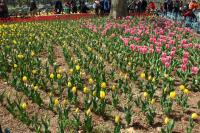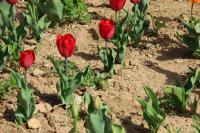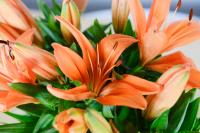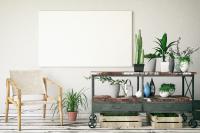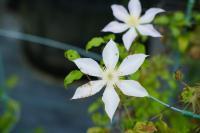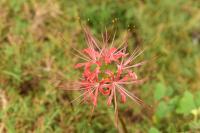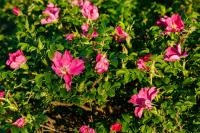1、 Is it poisonous
Lavender is not poisonous. It can be raised in the bedroom. Its fragrance is not only harmless to the body, but also helps sleep. It should be noted that it is best not to contact during pregnancy, otherwise there will be a risk of abortion. In addition, many products with this fragrance do not use plant essential oils and may contain other chemicals, which may cause adverse reactions after exposure.
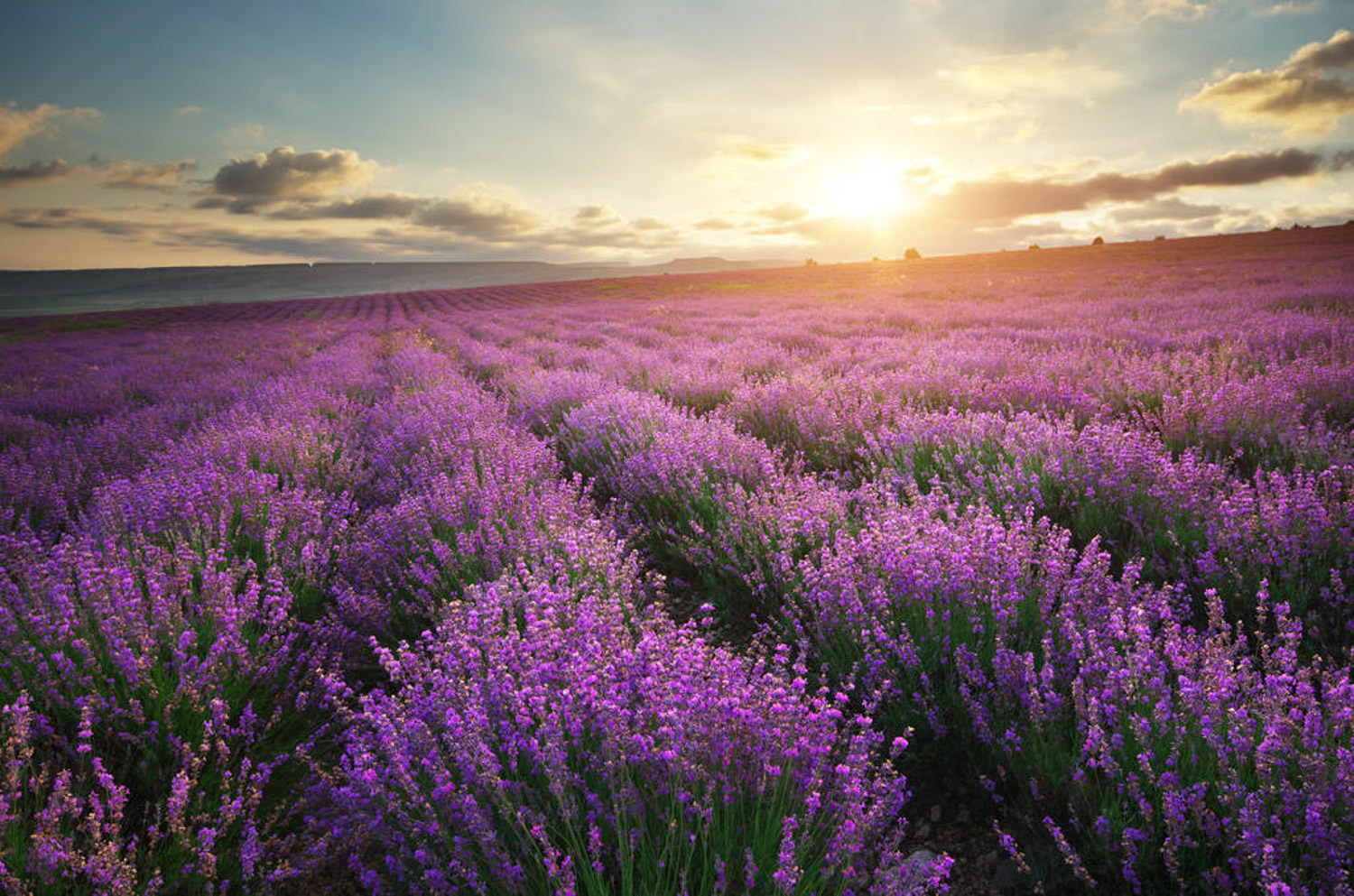
2、 Indoor breeding
1. Light: lavender is suitable for growing in an environment with sufficient light, and the daily light time shall not be less than 6 hours. If it is too dark, the plant will develop poorly and affect the flowering of the plant. If the lighting of the bedroom is better, it can be placed near the window, otherwise you need to move to the balcony to bask in the sun during the day.
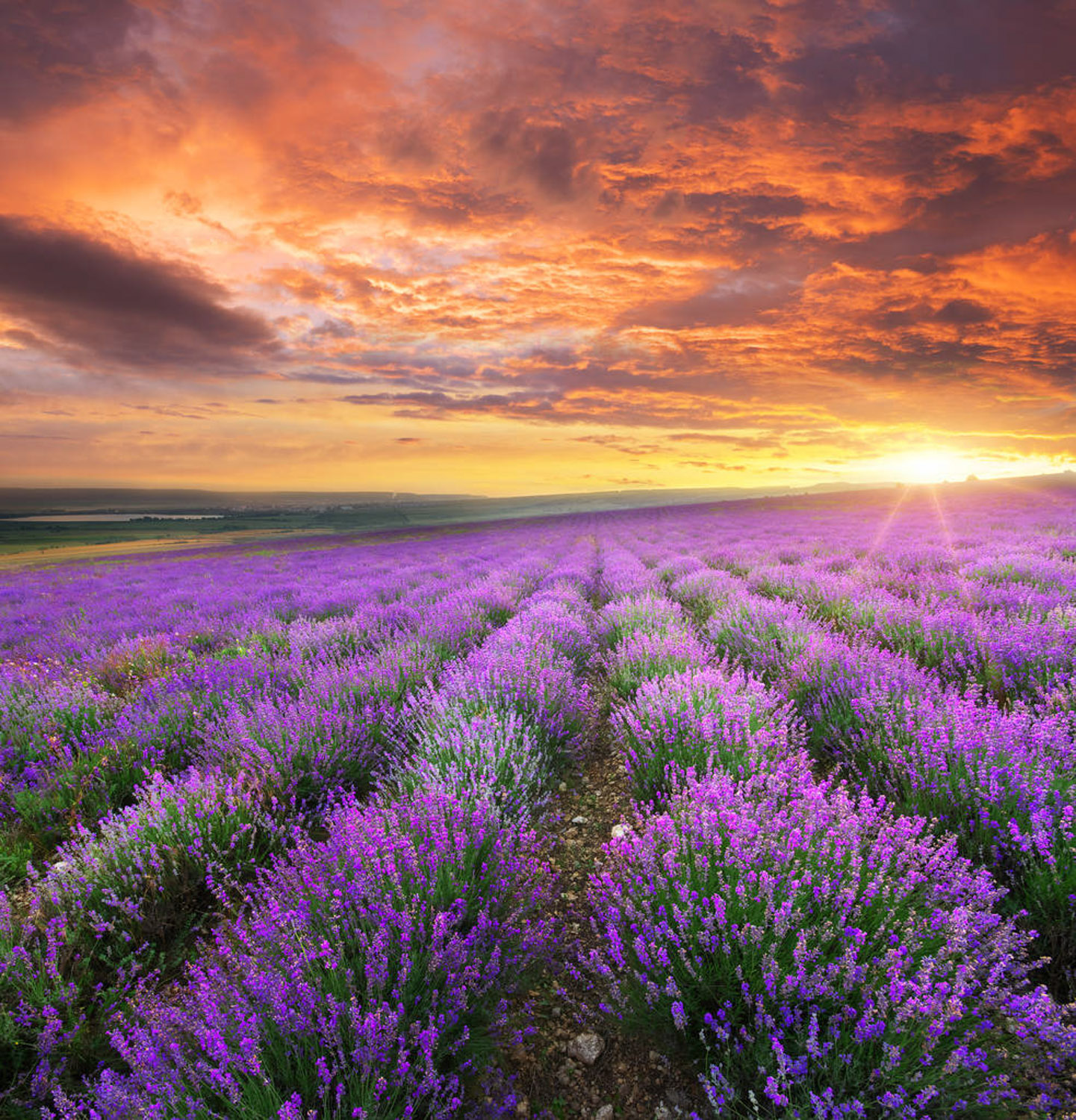
2. Soil: Lavender prefers loose and fertile soil. If it is too acidic or alkaline, it is not conducive to the growth of roots. Generally, garden soil, peat soil and river sand should be mixed and prepared. The proportion of river sand should not be too large, mainly to increase the drainage. In addition, an appropriate amount of base fertilizer can be added to the soil to provide nutrients for plant growth.
3. Watering: Lavender itself has good drought resistance and does not need much water, so it does not need to be watered too much. Too much water not only does not help growth, but also affects the respiration of roots. Generally, watering should be carried out after the soil is dry. Each watering should be thoroughly watered. In winter, water can be cut off.
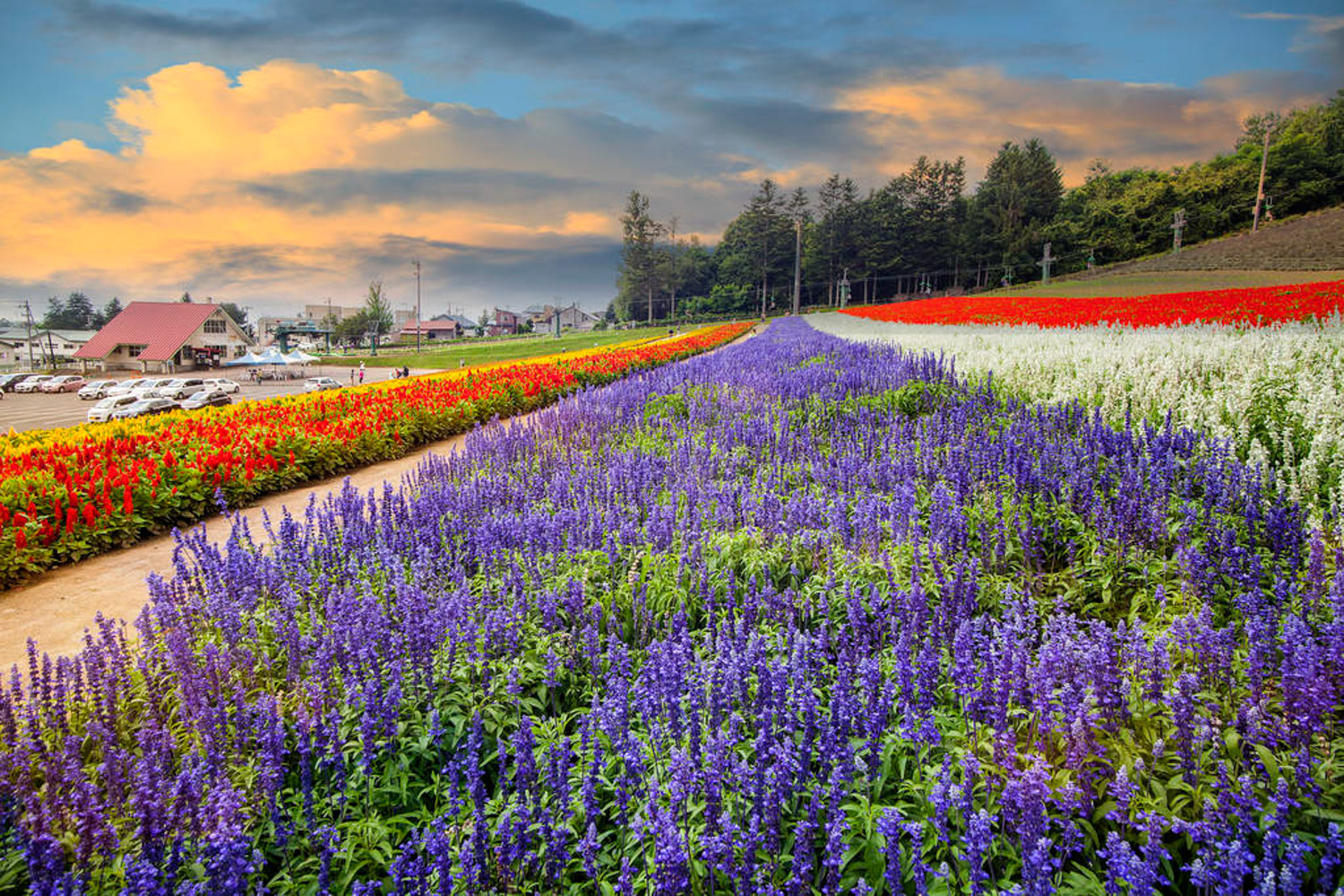
4. Fertilization: Lavender needs proper fertilization in the growth process. Generally, nitrogen fertilizer should be applied at the seedling stage to promote the growth of branches and leaves. Before flowering, it should be replaced with phosphorus and potassium fertilizer, which can promote flowering. Add a little compound fertilizer after flowering to help the plant recover quickly.

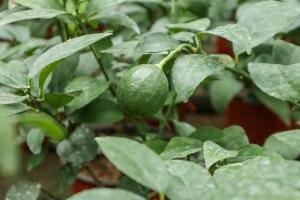 The efficacy and fun...
The efficacy and fun...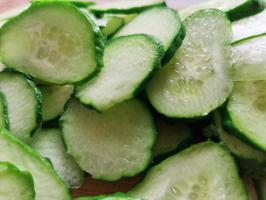 The efficacy and fun...
The efficacy and fun... The benefits of eati...
The benefits of eati...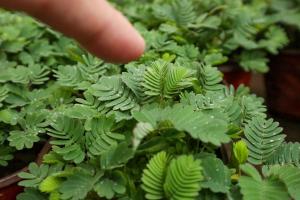 Why is Mimosa called...
Why is Mimosa called...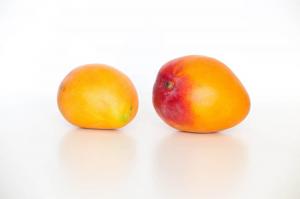 What can't mango be ...
What can't mango be ...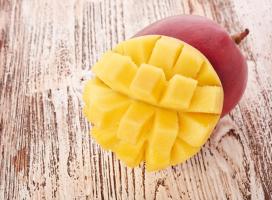 The efficacy and fun...
The efficacy and fun...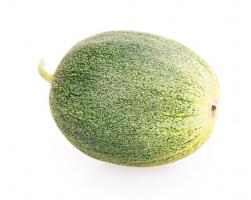 Is watermelon a frui...
Is watermelon a frui...



























